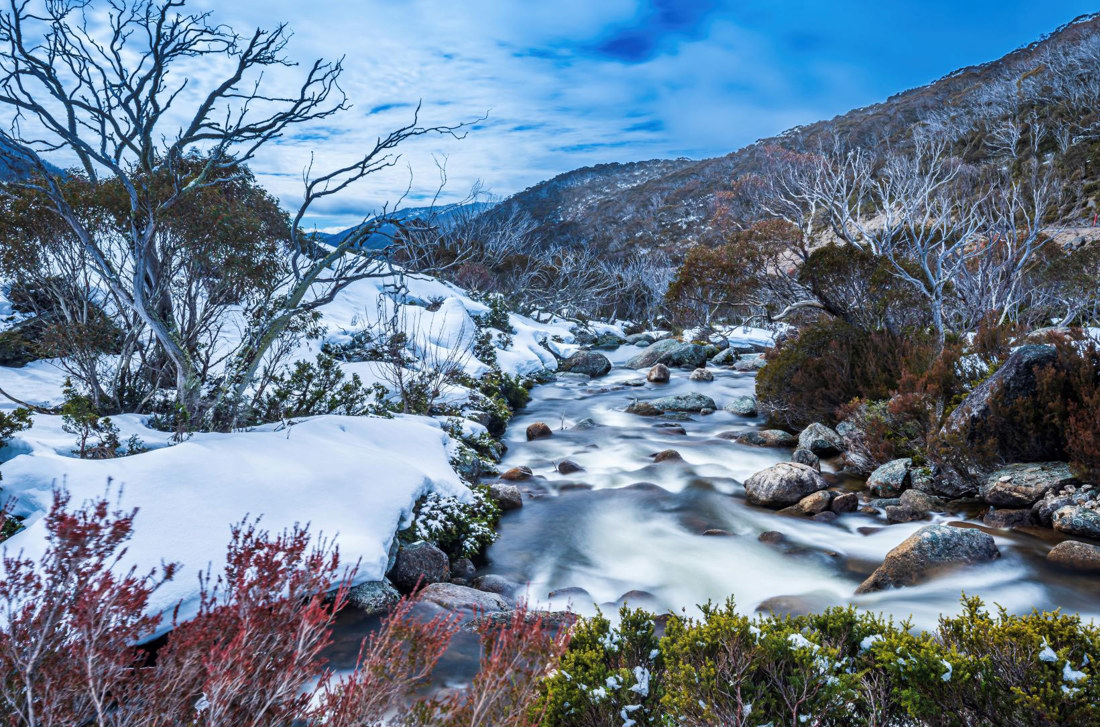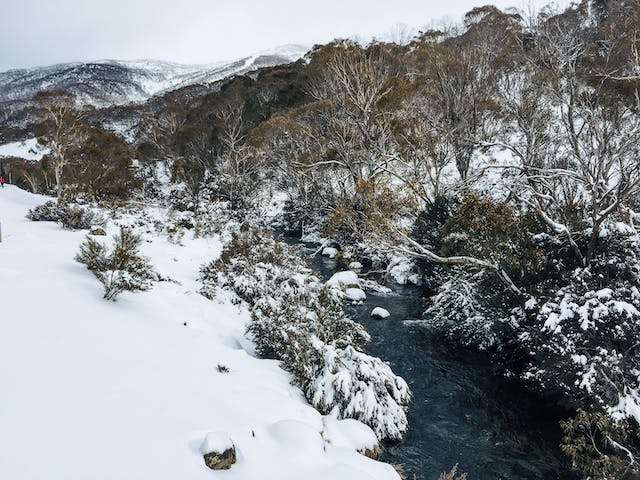The Different Types of Snow in Australia and Their Effect On Winter Sports
Australia, known for its sun-soaked coastlines, is additionally home to a varied variety of snow conditions that considerably influence winter months sporting activities. Each kind, from the wet seaside snow to the completely dry interior powder, provides one-of-a-kind difficulties and advantages for athletes. An understanding of these variations is important for those seeking to browse the Australian inclines, as each needs various strategies and durability. The following expedition will certainly talk about the implications of these snow types on winter months sports performance.

Understanding the Qualities of Different Snow Kinds
While numerous assume that snow is a homogeneous entity, it is crucial to understand that there are different kinds, each with distinct characteristics. These differences in snow type aren't merely visual; they significantly impact wintertime sports, determining the ease of activity, the speed attainable, and the degree of control called for from athletes.
The Influences of Powder Snow on Winter Sports and Snowboarding
In spite of its light and fluffy appearance, powder snow in the Australian Alps offers both distinct obstacles and opportunities for wintertime sporting activities enthusiasts, especially those involved in winter sports and snowboarding. The loose, completely dry nature of powder snow can at first be difficult to navigate for newbies, requiring mindful equilibrium and control. For even more experienced practitioners, the soft, untracked snow uses a thrilling experience, enabling for active and dynamic movement - Snow In Australia. The flexible and smooth surface of powder snow likewise decreases danger of injury throughout falls, making it a preferred option for extreme winter sports. Yet, it deserves noting, the varying deepness and unforeseeable nature of powder can often bring about surprise barriers, calling for constant vigilance.

The Difficulties and Benefits of Jam-packed Snow in Winter Sports
Changing emphasis from the loosened, dry powder snow, one more prevalent sort of snow in the Australian Alps is jam-packed snow, posturing its very own set of challenges and advantages in the world of winter season sporting activities. This denser, more solidified type of snow provides a faster, slicker surface, profiting sporting activities like downhill skiing and snowboarding, boosting rate and accuracy. The same characteristics also existing challenges. Its hard surface can be dangerous, increasing the possibility for injuries throughout drops. Additionally, managing and browsing turns speed can be challenging on stuffed snow, needing higher skill degrees from athletes. In spite of these challenges, loaded snow remains a crucial aspect in lots of winter season sporting activities, shaping the efficiency and approaches of athletes.
The Role of Damp Snow in Australian Winter Seasons Gamings
In comparison to the thick, glossy surface area of jam-packed snow, wet snow plays an entirely various role in Australian winter games. Characterised by its high dampness material, damp snow influences the rate and control of winter season sports individuals. Its hefty, sticky nature can be challenging for professional athletes, specifically in snowboarding and snowboarding where rate and manoeuvrability are essential. Nonetheless, its malleability makes it suitable for snow sculpting events and for fortifying snow frameworks in sports like snow fort battles. Regardless of its challenges, wet snow presents a distinct dynamic to wintertime video games in Australia, testing professional athletes' adaptability and resilience, and functioning as a tip of the varied weather condition conditions they have to be prepared to encounter.

How Slushy Snow Impacts Winter Sports Performance
Proceeding the expedition of differing snow problems in Australia, the influence of slushy snow on winter months sports is one more appealing variable. Slushy snow, resulting from warmer temperature levels or straight sunlight, poses unique difficulties to athletes. Hence, slushy snow transforms the winter season sporting activities landscape, demanding not just increased physical exertion from athletes but additionally a greater emphasis on safety and security precautions.
Adapting Winter Months Sports Techniques to Various Snow Problems

Final Thought
In conclusion, Australia's diverse snow types significantly influence wintertime sporting activities efficiency. Each kind, from the glossy coastal snow to the drier interior powder and the hefty, sticky damp snow, provides distinct challenges and benefits.
Shifting focus from the loose, dry powder snow, another common kind of snow in the Australian Alps is stuffed snow, posturing its own set of challenges and advantages in the realm of winter sporting activities - Does Australia Get Snow.In he has a good point comparison to the dense, slick surface area of jam-packed snow, wet snow plays an entirely different function in Australian winter video games. Its malleability makes it optimal for snow sculpting events and for fortifying snow structures in sports like snow ft fights.Continuing the exploration of varying snow conditions in Australia, the impact of slushy snow on winter season sporting activities is one more fascinating element. Each type, from the glossy seaside snow to click here to find out more the drier indoor powder and the hefty, sticky wet snow, presents distinct challenges and benefits